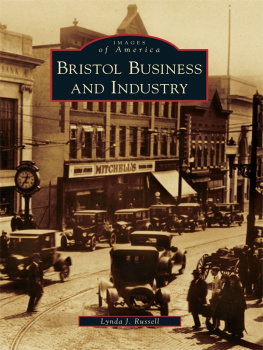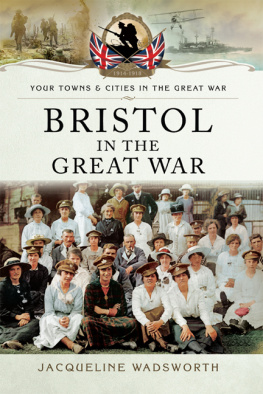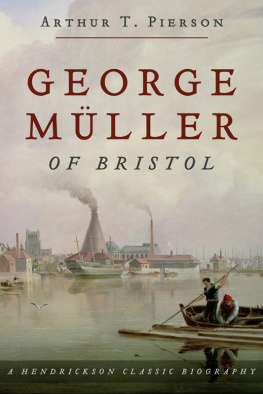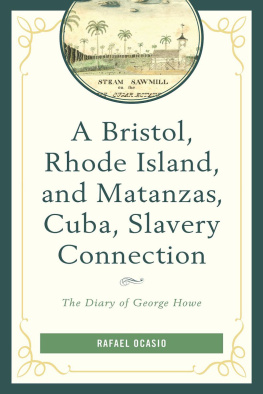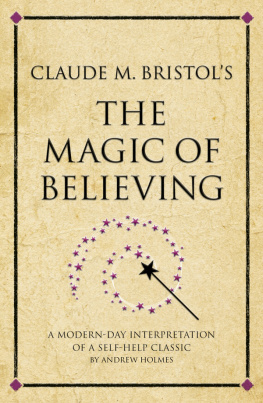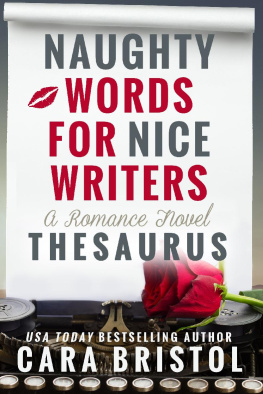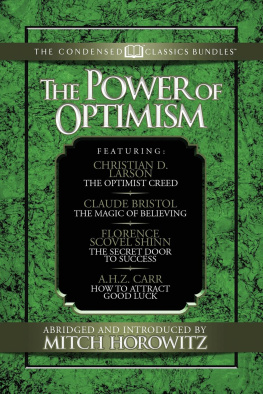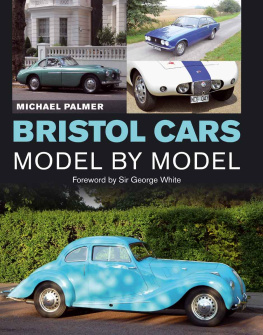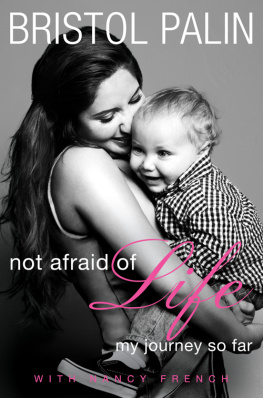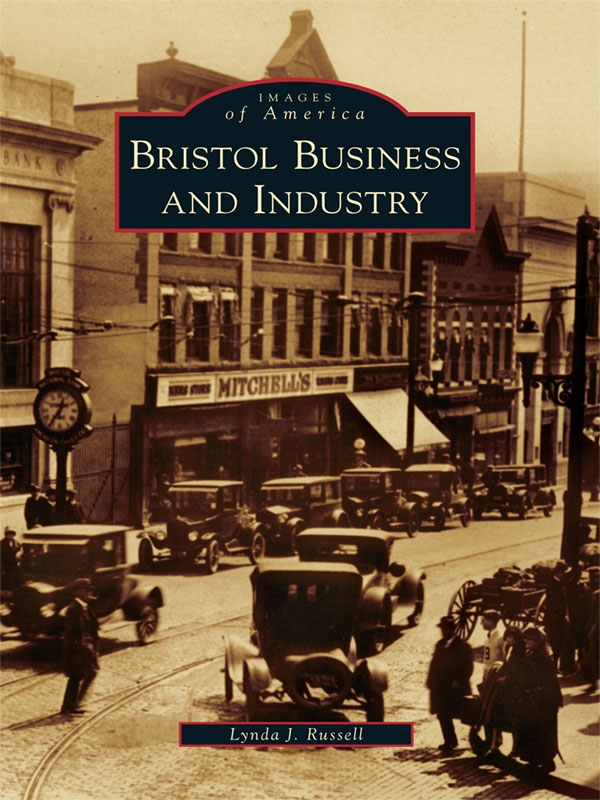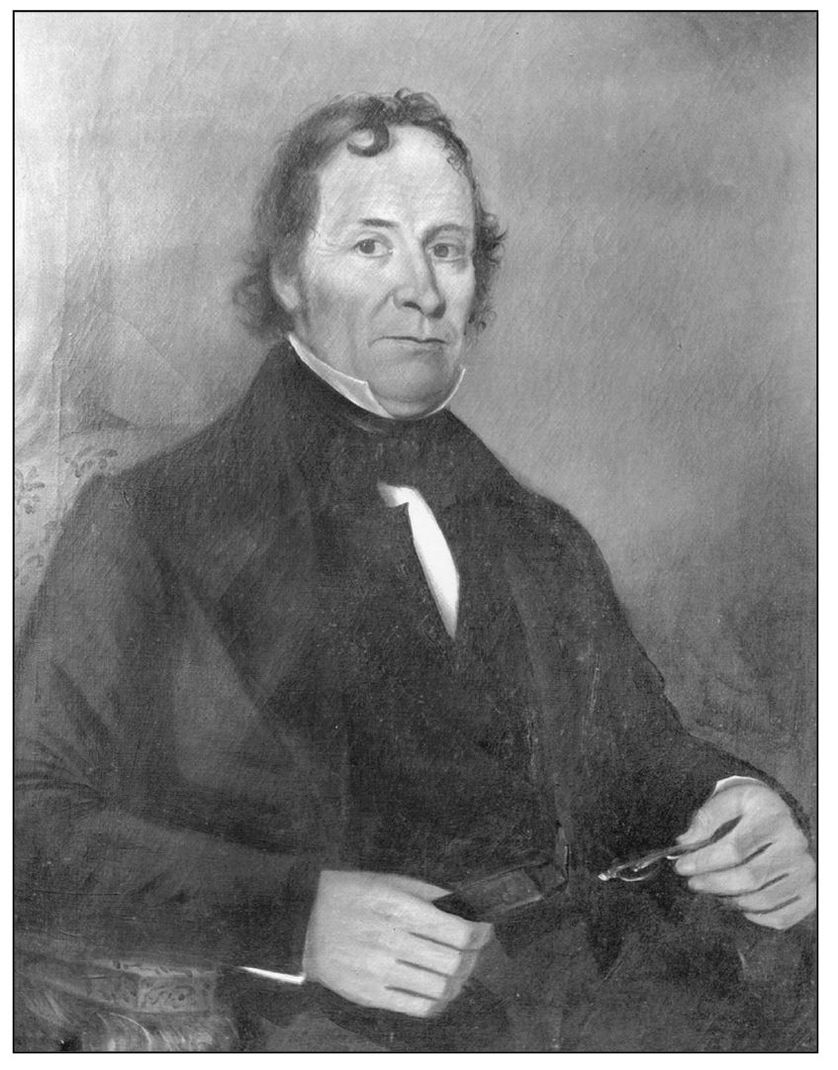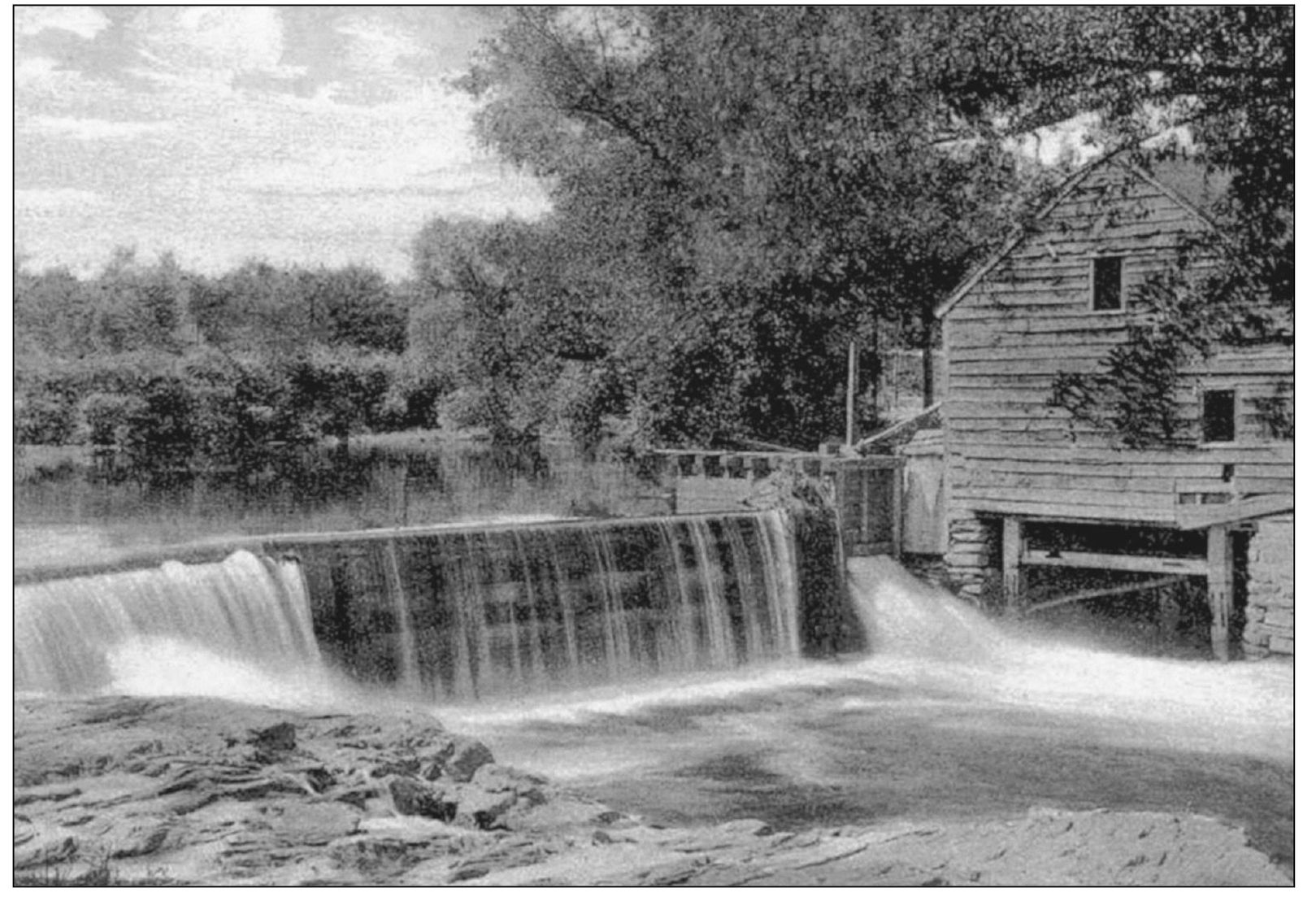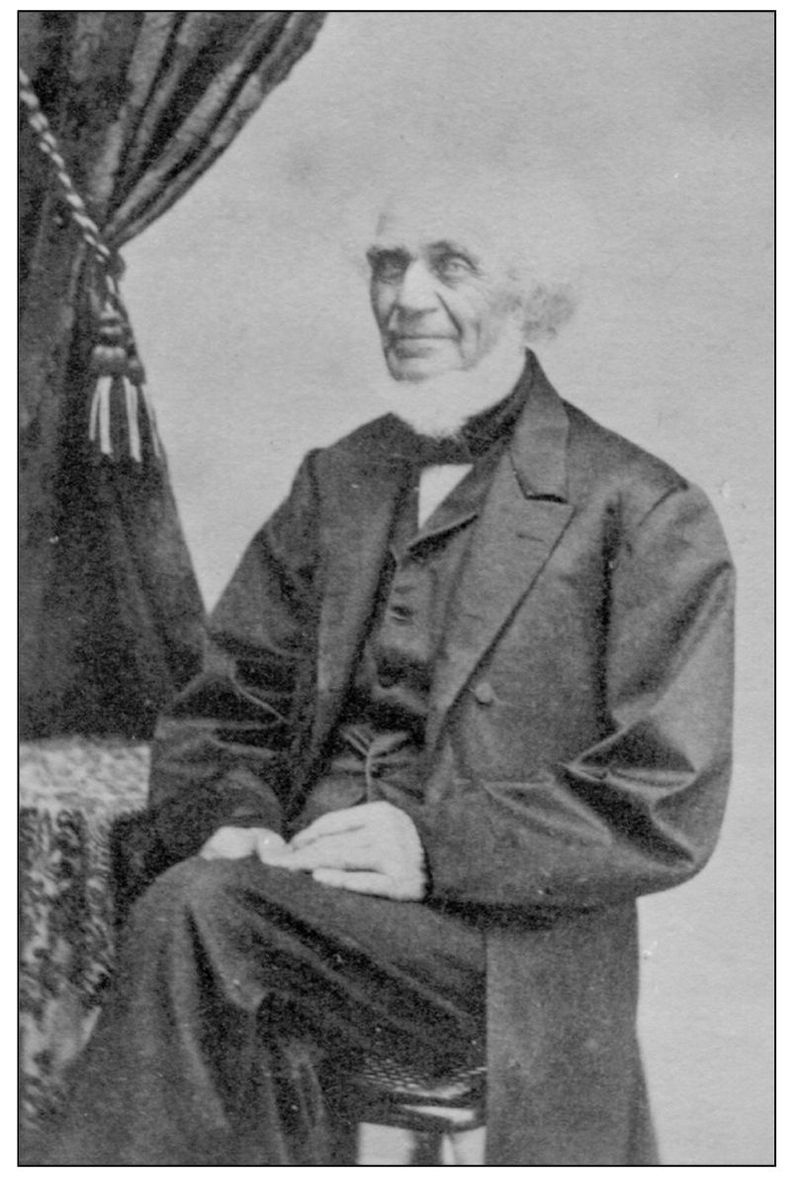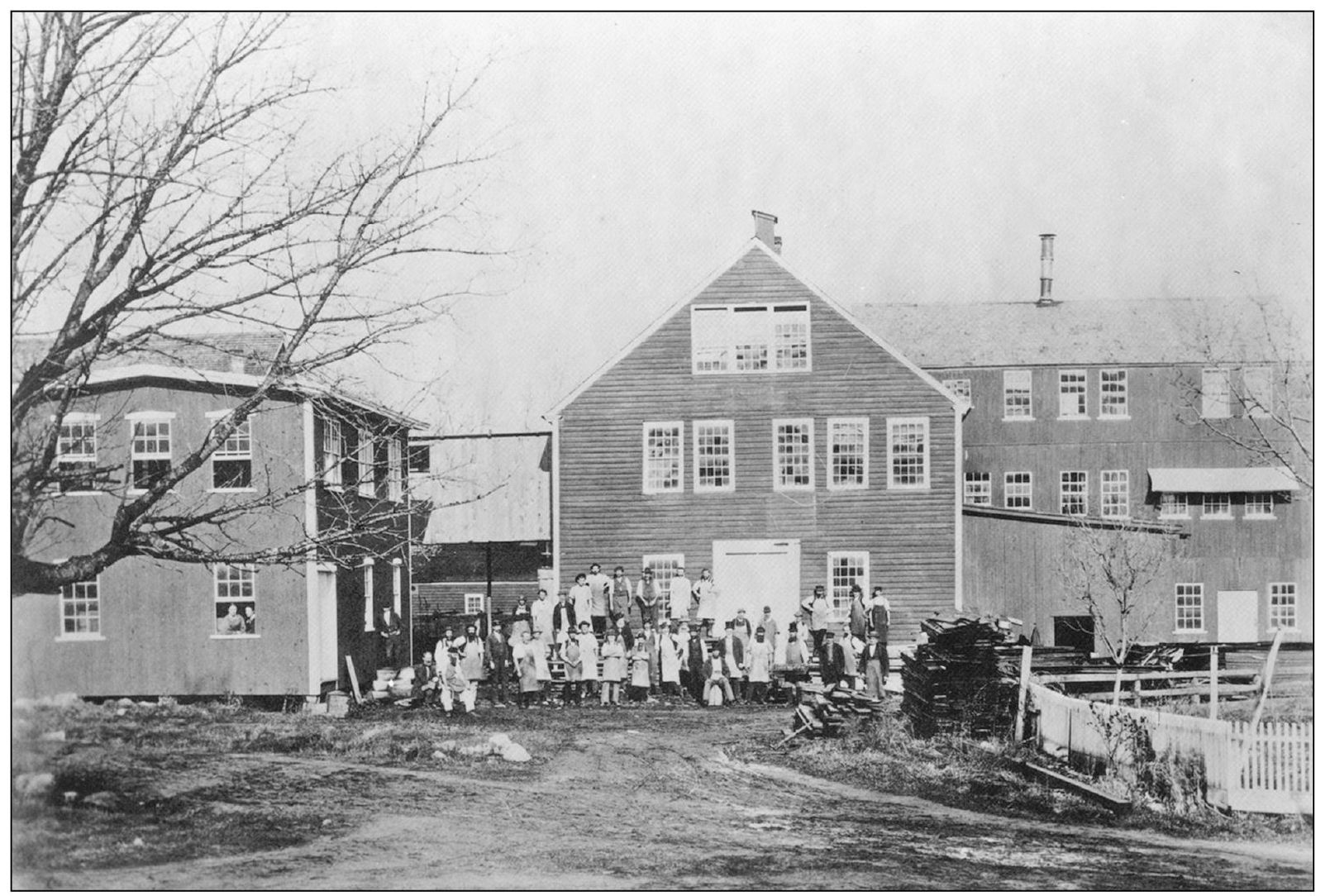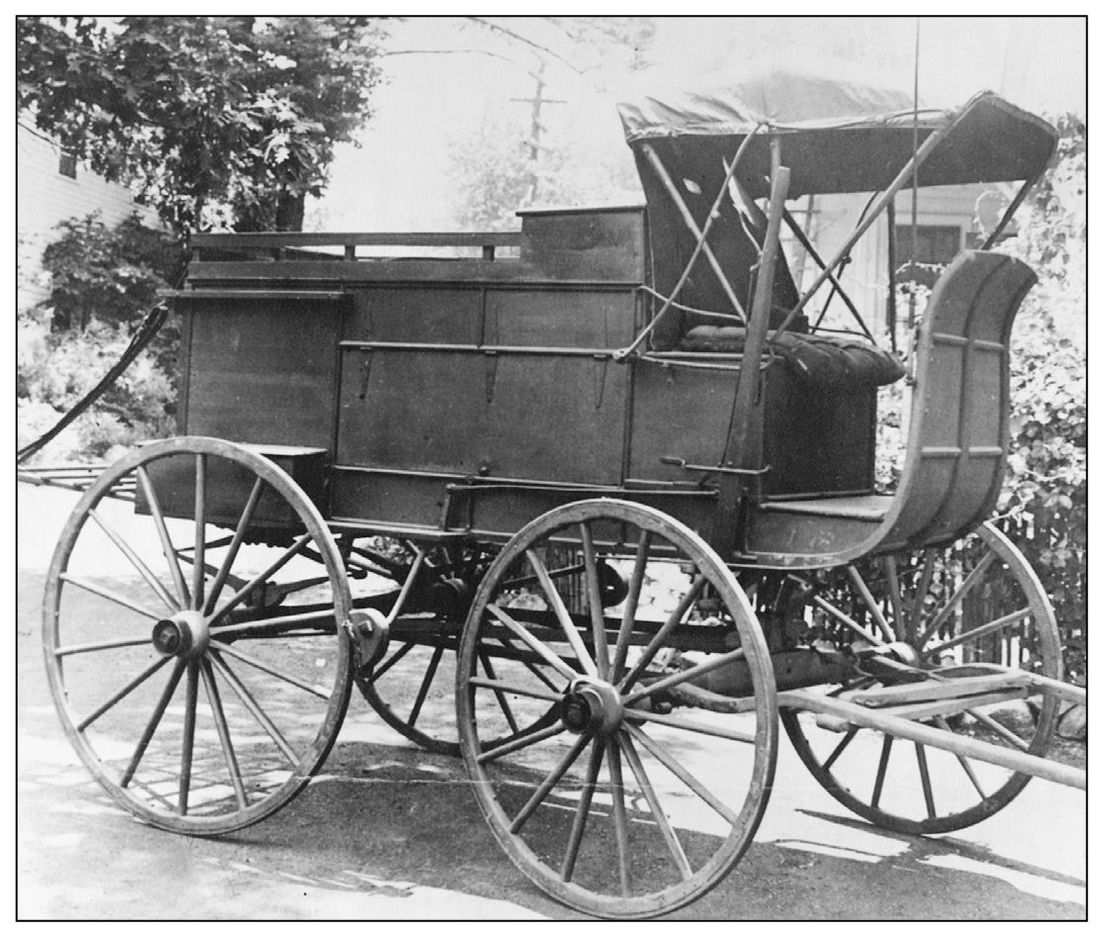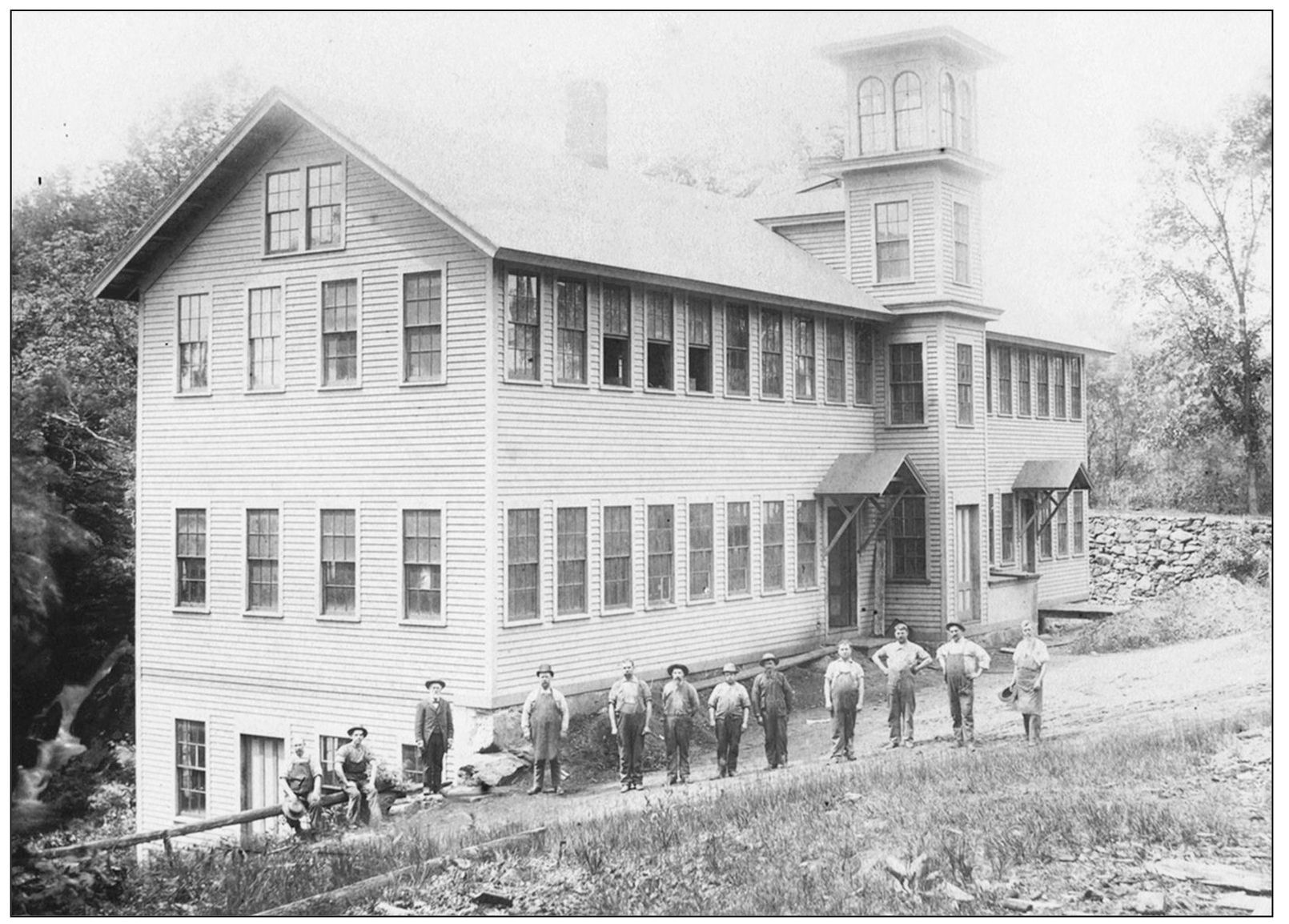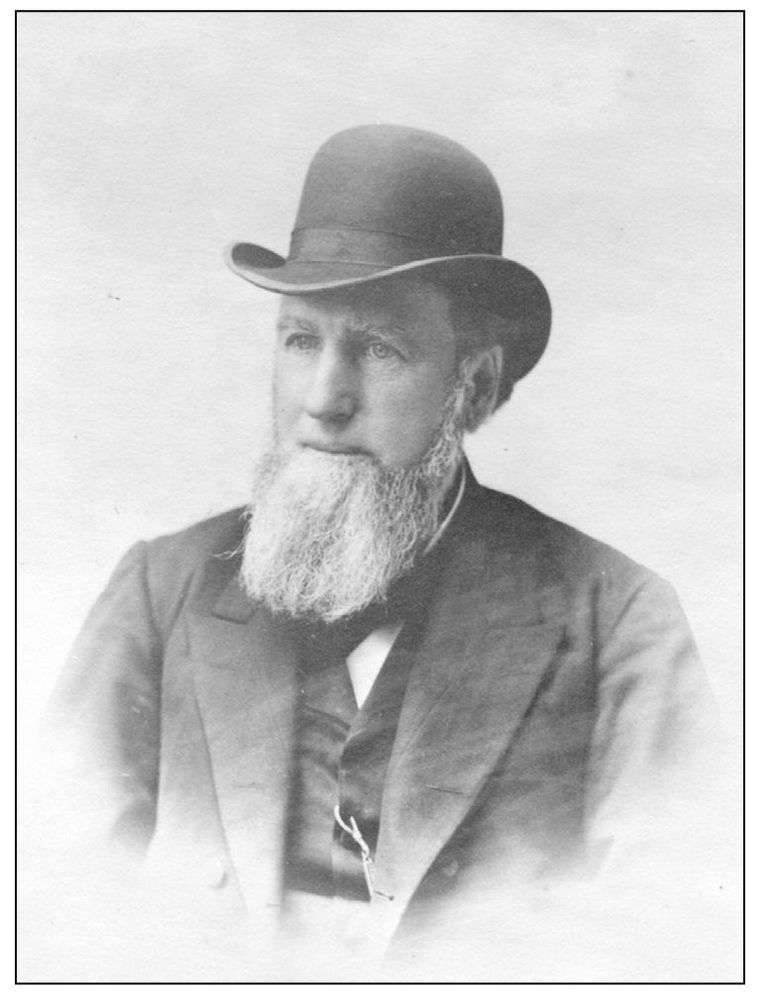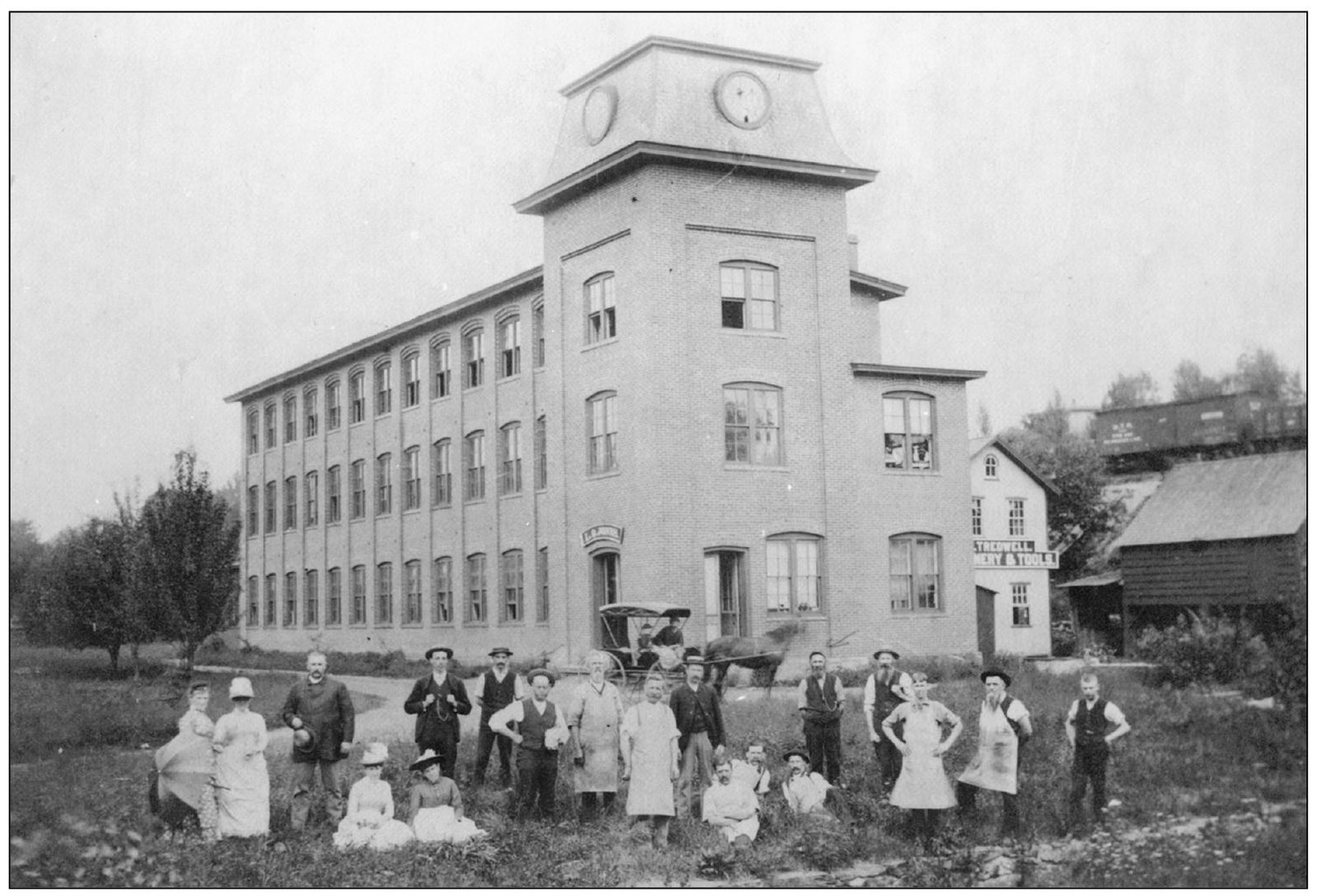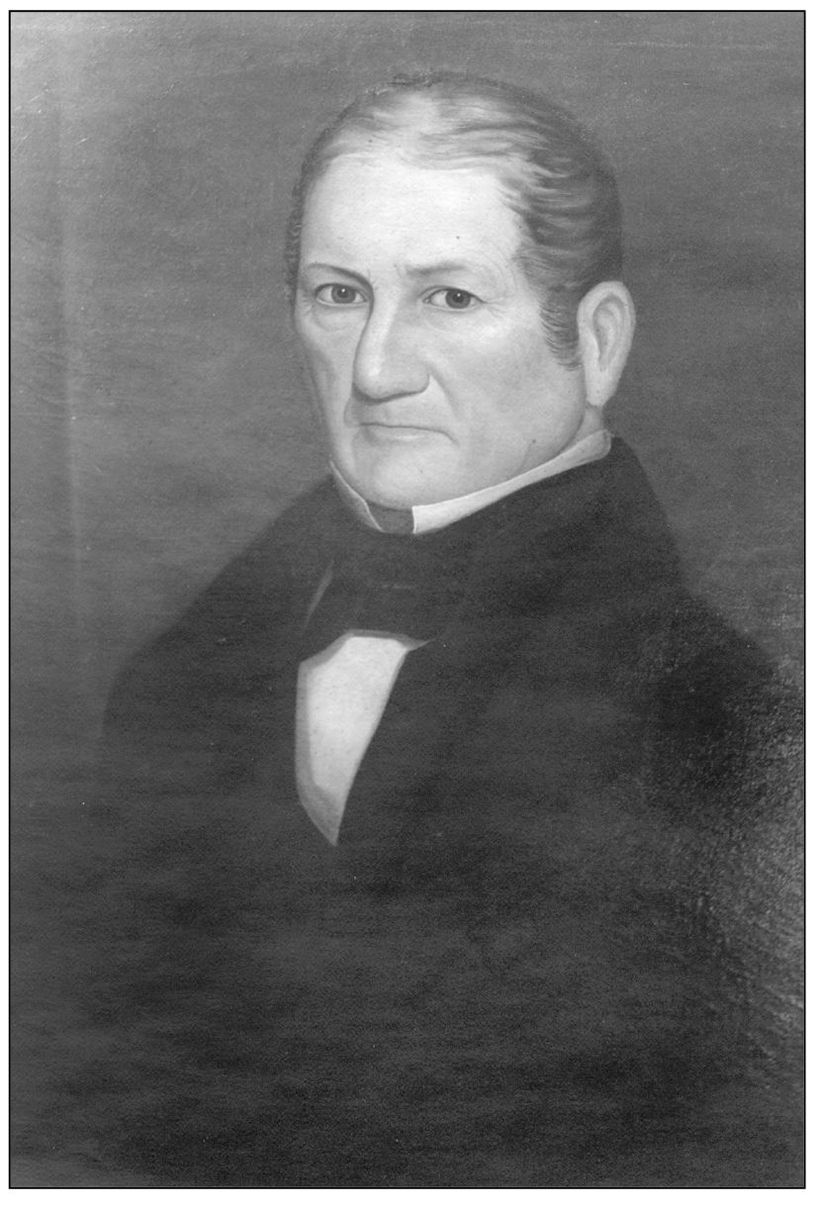Lynda J. Russell - Bristol Business and Industry
Here you can read online Lynda J. Russell - Bristol Business and Industry full text of the book (entire story) in english for free. Download pdf and epub, get meaning, cover and reviews about this ebook. year: 2010, publisher: Arcadia Publishing, genre: Home and family. Description of the work, (preface) as well as reviews are available. Best literature library LitArk.com created for fans of good reading and offers a wide selection of genres:
Romance novel
Science fiction
Adventure
Detective
Science
History
Home and family
Prose
Art
Politics
Computer
Non-fiction
Religion
Business
Children
Humor
Choose a favorite category and find really read worthwhile books. Enjoy immersion in the world of imagination, feel the emotions of the characters or learn something new for yourself, make an fascinating discovery.
- Book:Bristol Business and Industry
- Author:
- Publisher:Arcadia Publishing
- Genre:
- Year:2010
- Rating:4 / 5
- Favourites:Add to favourites
- Your mark:
Bristol Business and Industry: summary, description and annotation
We offer to read an annotation, description, summary or preface (depends on what the author of the book "Bristol Business and Industry" wrote himself). If you haven't found the necessary information about the book — write in the comments, we will try to find it.
Bristol was incorporated in 1785 and quickly became recognized as a clock-manufacturing center and home of the E. Ingraham Companys dollar watch. The town grew with the many immigrant workers who arrived to work for local knitting mills, spring companies, and brass manufacturers. By the 1890s, the strong growth of the town brought an influx of people with different skills who established the Bristol Press, banks, local neighborhood shops and markets, and service industries. In 1920, Bristol Nurseries created new varieties of chrysanthemums that eventually made Bristol known as the Mum City. Redevelopment in the 1960s brought the new Bristol Plaza and changes on Farmington Avenue. In 1979, ESPN started its first broadcast in its new home on Middle Street. With the completion of the new Route 72, Bristol will today continue to offer new opportunities for business and industry to grow.
Lynda J. Russell: author's other books
Who wrote Bristol Business and Industry? Find out the surname, the name of the author of the book and a list of all author's works by series.

